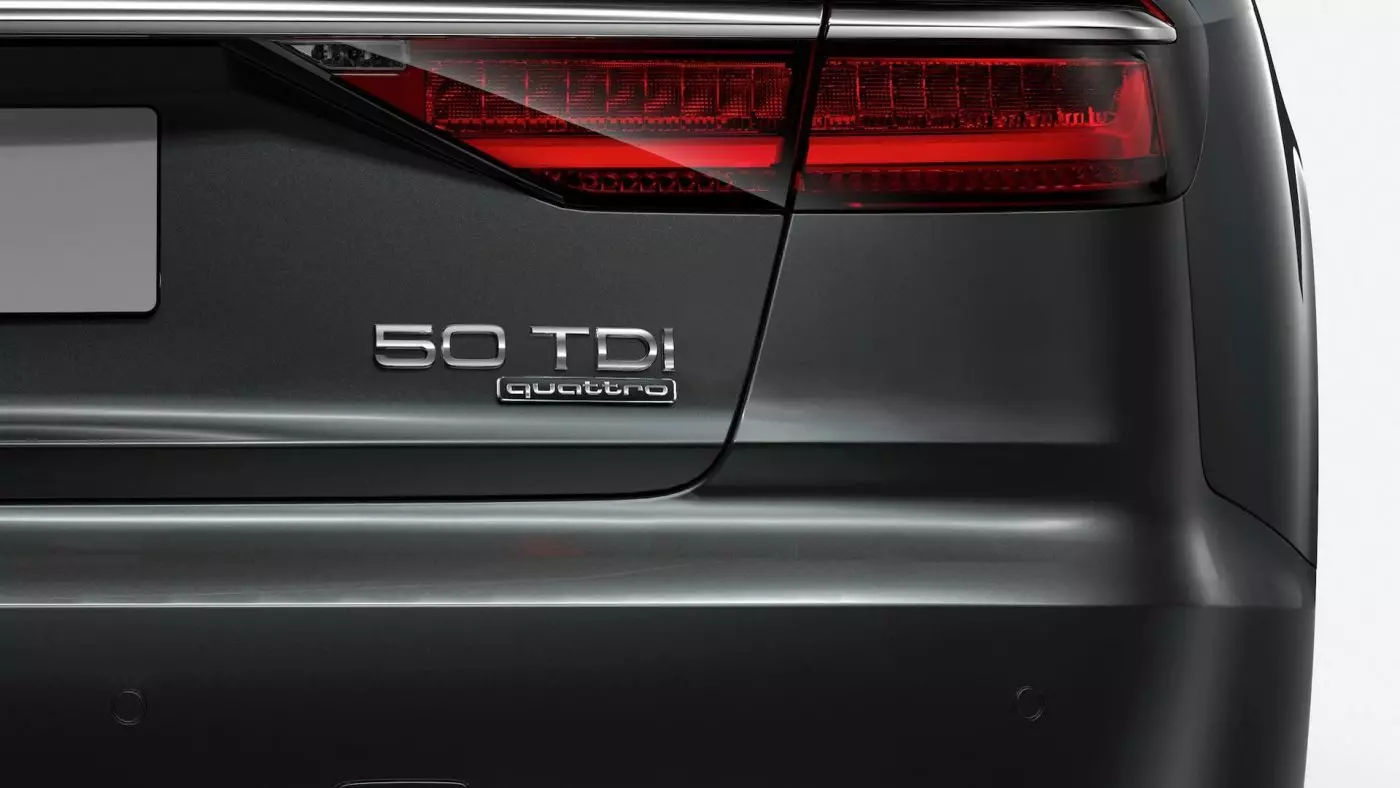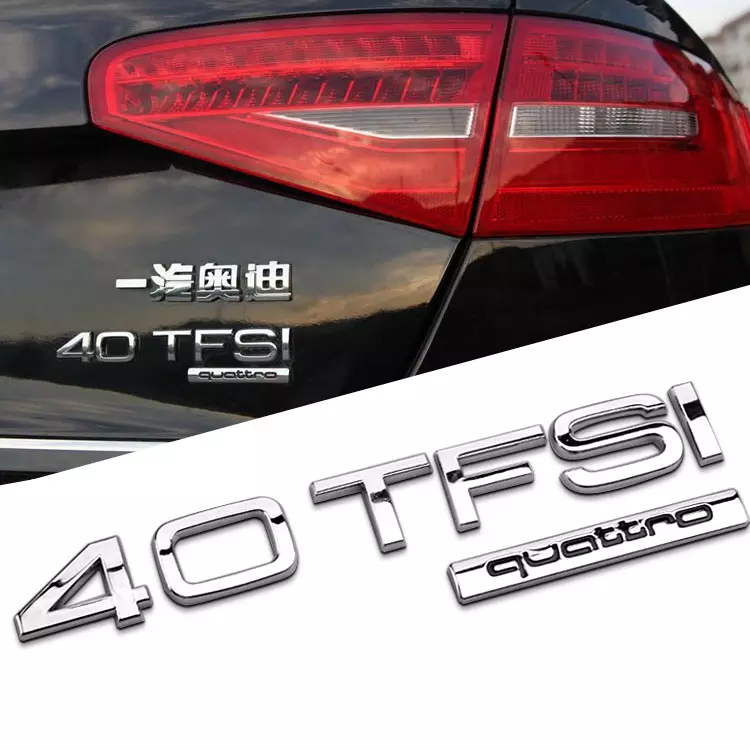First of all, it should be clarified that the current identification of the different ranges is maintained. A letter followed by a digit will continue to identify the model. The letter “A” identifies the saloons, coupés, convertibles, vans and hatchbacks, the letter “Q” the SUVs, the letter “R” the only sports car of the brand and the TT, well… the TT is still the TT.
The new nomenclature that Audi intends to adopt refers to the model versions. For example, if we could now find an Audi A4 2.0 TDI (with various power levels) in the A4 version list, very soon it will no longer be identified by engine capacity. Instead of “2.0 TDI” it will have a pair of figures that classify the power level of a given version. In other words, “our” Audi A4 2.0 TDI will be renamed the Audi A4 30 TDI or A4 35 TDI, whether we refer to the 122 hp version or the 150 hp version. Confused?
The system seems logical but also abstract. The higher the value, the more horses it will have. However, there is no direct relationship between the numbers presented and a particular characteristic of the model – for example, showing the power value to identify the version.
The new identification system is based on a numerical scale starting at 30 and ending at 70 rising in steps of five. Each pair of digits corresponds to a power range, declared in kW:
- 30 for powers between 81 and 96 kW (110 and 130 hp)
- 35 for powers between 110 and 120 kW (150 and 163 hp)
- 40 for powers between 125 and 150 kW (170 and 204 hp)
- 45 for powers between 169 and 185 kW (230 and 252 hp)
- 50 for powers between 210 and 230 kW (285 and 313 hp)
- 55 for powers between 245 and 275 kW (333 and 374 hp)
- 60 for powers between 320 and 338 kW (435 and 460 hp)
- 70 for powers above 400 kW (more than 544 hp)
As you can see, there are “holes” in the power ranges. Is it right? We will certainly see a revised publication with all the levels by the brand.

The reasons behind this change are valid, but the execution is dubious.
Dietmar Voggenreiter, Audi Sales and Marketing DirectorAs alternative powertrain technologies become increasingly relevant, engine capacity as a performance attribute becomes less important to our customers. The clarity and logic in structuring designations according to potency makes it possible to distinguish between the various levels of performance.
In other words, regardless of the type of engine – Diesel, hybrid or electric – it is always possible to directly compare the level of performance in which they operate. The nomenclatures referring to the type of engine will follow the new numbers – TDI, TFSI, e-tron, g-tron.
The first model to receive the new system will be the recently unveiled Audi A8. Instead of the A8 3.0 TDI (210 kW or 285 hp) and 3.0 TFSI (250 kW or 340 hp) welcome the A8 50 TDI and A8 55 TFSI. Clarified? Then…
What about the Audi S and RS?
As is the case today, as there are no multiple versions of the S and RS, they will keep their names. An Audi RS4 will remain an Audi RS4. Likewise, the German brand says that the R8 will also not be affected by the new nomenclature.
However, we must mention that despite the brand announcing the new A8 as the first model to receive this type of nomenclature, we learned – thanks to our most attentive readers - that Audi was already using this type of designation in some Asian markets. , like Chinese. Now take a look at this Chinese A4, from a generation ago.

